At present, valves are used more and more widely, and the valves used under different working conditions are also different, whether in pipelines or in equipment, the connection mode of valves is also different. And whether it is installation or use and maintenance, we need to pay attention to, if the selected valve connection is not appropriate, it is easy to occur valve leakage phenomenon, the use of valve connection is also very important.
With the development of strict working conditions and technology, there are many connection modes for valves. The commonly used connection modes are flange connection, butt-clamp connection, butt-welding connection, threaded connection, jacket connection, clamp connection and self-sealing connection.
Several kinds of connections commonly used and problems easily occur in the use of installation projects:
Threaded connection valve
The threaded valve body with internal or external threads is connected with the threaded pipe threads, and can be used to control the flow of various types of fluids such as air, water, steam, various corrosive media, mud, oil, liquid metal, and radioactive media. The main materials of thread-fastened valves are forged steel, stainless steel, and cast steel. The maximum working pressure is 1.6-32 MPA, the working temperature is-20-455 C, and the valve caliber is DN10-DN50. Features: 1. Simple structure, easy manufacture, and maintenance. 2. Small working journey and short start-up and shut-down time. 3. Good sealing, small friction between sealing surfaces and long service life.
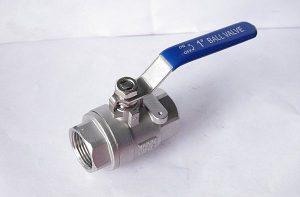
Flange valve
Flanged connection valves, the most commonly used form of connection in valves. Its installation and disassembly are more convenient. But they are heavier than threaded valves, and the corresponding price is higher. Therefore, it is suitable for pipeline connections of various sizes and pressures. However, when the temperature exceeds 350 degrees, the bolts, gaskets, and flanges become relaxed and a load of bolts is obviously reduced, which may lead to leakage of flanged connections with great stress.
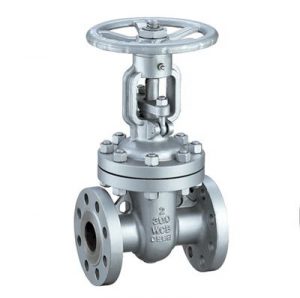
Welding valve
This connection is suitable for various pressures and temperatures. It is more reliable than flange connection when used under higher load conditions. However, the disassembly and reinstallation of welded valves are difficult, so their use is limited to situations where they can normally operate reliably for a long time, or where the operating conditions are loaded and the temperature is high. Such as thermal power plants, nuclear power projects, ethylene projects on the pipeline. Welded valves with nominal sizes less than 50 mm usually have welded sockets for piping at the loading plane end. Because socket welding forms a gap between the socket and the pipeline, it is possible to cause the gap to be corroded by some media. At the same time, the vibration of the pipeline will make the joint fatigue, so the use of socket welding is limited to a certain extent. In the case of larger nominal diameter, higher operating conditions, and higher temperature, groove butt welding is often used for the valve body. At the same time, the original requirements for the welding seam must be selected to complete this work by skilled welders.
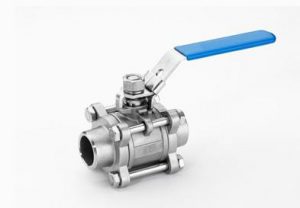
Clip valve
There are no flanges for clamp valves, and they are installed on two pipe flanges when they are installed on pipelines, but the location of pipe flange bolts should be taken into account for the outer circle of clamp valves. For clamp valves, the structural length is very short, and the thickness of closure parts along pipeline direction is required to be small. There are generally many butterfly valves for clamp valves, and there are other individual cases, such as single-plate-to-clamp check valves.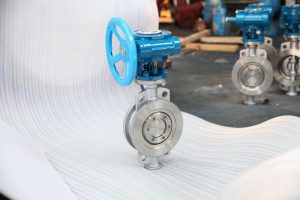
Flange valves are widely used. Almost all sanitary valves can be made into flanges. Their structural length is longer. When the valve is installed, flange bolts are used to connect the end flange of the valve with the pipeline flange. It is required that the flange of the valve be matched with the pipeline flange. Because there are quite a lot of flange standards, such as ANSI, GB, HG, HG, JB, DIN, JIS, SH and so on, there are many flange surface types.
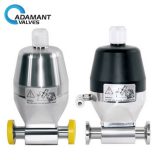
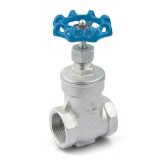
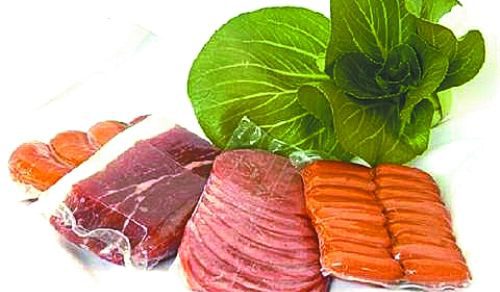

Recent Comments